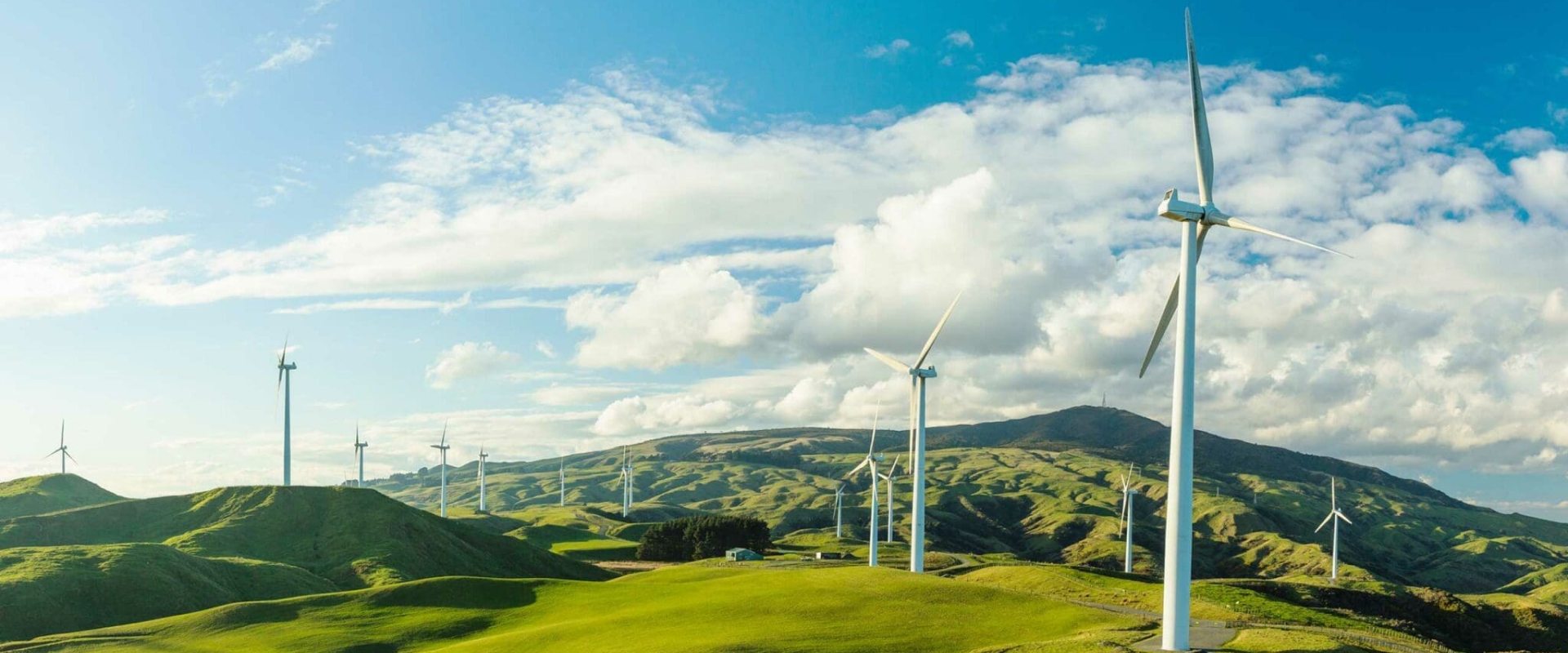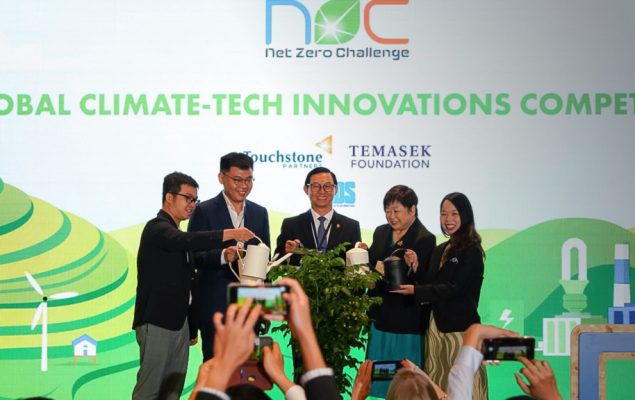What is a Greenhouse Gas Inventory? Process and Latest Updates for 2025
A Greenhouse Gas (GHG) Inventory is a key process for measuring the greenhouse gas emissions and removals of a business/organization. A clear understanding of emissions helps in building mitigation strategies, moving towards sustainable development, and complying with environmental regulations.
What is a Greenhouse Gas Inventory?
According to the definition stated in Decree No. 06/2022/NĐ-CP on “Regulations on Greenhouse Gas Emission Mitigation and Ozone Layer Protection,” issued by the Government on January 7, 2022, a greenhouse gas (GHG) inventory is the activity of collecting information and data on greenhouse gas emission sources, calculating greenhouse gas emissions and removals within a defined scope and a specific year, following methods and procedures issued by the competent authority.
A greenhouse gas inventory is the process of measuring, assessing, and reporting the types of greenhouse gases emitted from production, business, or daily activities to clearly identify emission levels and propose suitable mitigation solutions.
Why Conduct a Greenhouse Gas Inventory?
A GHG inventory is a crucial basis for organizations and businesses to understand their emissions, thereby devising emission reduction strategies, aiming for sustainable development, and meeting legal requirements as well as international commitments on climate change.
Standard Greenhouse Gas Inventory Process
Step 1: Define Boundaries and Emission Sources
• Clearly define the inventory scope (direct, indirect).
• Fully identify all emission sources (energy, industrial processes, agriculture, waste, etc.).
Step 2: Collect Emission Data
• Data must be collected completely and accurately according to international standards such as ISO 14064-1:2018.
• Use the latest updated emission factors from the IPCC or local regulatory agencies.
Step 3: Calculate Greenhouse Gas Emissions
• Apply emission calculation formulas based on emission factors and the consumption of raw materials and energy.
• Use specialized software to ensure high accuracy.
Step 4: Reporting and Independent Verification
• The inventory results must be reported clearly and transparently.
• Verification by a reputable, independent third party is necessary to ensure objectivity and compliance with standards.
New Updates for 2025
• ISO 14064 version 2025 will add requirements for transparency and data traceability.
• The Carbon Border Adjustment Mechanism (CBAM) will be officially applied in many major markets such as the EU, US, and Japan, directly affecting Vietnamese export enterprises.
• The increased application of Blockchain in GHG inventories to enhance transparency and reduce monitoring costs.
Conducting a GHG inventory is increasingly becoming a mandatory requirement, not only from an environmental perspective but also as a decisive factor in a company’s competitiveness in the international market. Proactively updating and applying the latest processes and technologies will help Vietnamese businesses meet international requirements early and participate effectively in the fight against climate change.
Legal Basis for Conducting Greenhouse Gas Inventories
• Decree 06/2022/NĐ-CP regulating the mitigation of greenhouse gas emissions and the protection of the ozone layer;
• Decision 01/2022/QĐ-TTg on the list of sectors and facilities emitting greenhouse gases that must conduct a GHG inventory, issued by the Prime Minister;
• Decision 896/QĐ-TTg dated July 26, 2022, approving the National Strategy on Climate Change for the period up to 2050, issued by the Prime Minister;
• Circular 01/2022/TT-BTNMT detailing the implementation of the Law on Environmental Protection regarding climate change response;
• Circular 17/2022/TT-BTNMT regulating technical requirements for measurement, reporting, and verification of greenhouse gas emission mitigation and GHG inventory in the waste management sector;
• Decision 2626/QĐ-BTNMT dated October 10, 2022, announcing the List of Emission Factors for GHG Inventories;
• Official Letter 1295/BTNMT-BĐKH 2023 on the implementation of legal regulations on greenhouse gas emission mitigation;
• Official Letter 1239/BCT-TKNL 2023 regarding the reporting of operational data for the GHG inventory of the Industry and Trade sector for the years 2020 and 2022;
• Circular 38/2023/TT-BCT on technical requirements for measurement, reporting, and verification of GHG emission mitigation and GHG inventory for the Industry and Trade sector.
Facilities Required to Conduct a Greenhouse Gas Inventory
Article 6 of Decree 06/2022/NĐ-CP clearly states: Facilities that must conduct a GHG inventory are those with annual greenhouse gas emissions of 3,000 tons of CO2 equivalent or more, or fall into one of the following cases:
• Thermal power plants, industrial production facilities with a total annual energy consumption of 1,000 tons of oil equivalent (TOE) or more;
• Freight transport companies with a total annual fuel consumption of 1,000 TOE or more;
• Commercial buildings with a total annual energy consumption of 1,000 TOE or more;
• Solid waste treatment facilities with an annual operating capacity of 65,000 tons or more.
The greenhouse gas emission mitigation targets approved by the Prime Minister in the Nationally Determined Contribution (NDC) include mitigation targets for the energy, agriculture, land use and forestry, waste management, and industrial processes sectors, consistent with the country’s socio-economic development conditions and the international treaties to which Vietnam is a member.
Vietnam’s Commitment on Climate Change and the Roadmap to Net Zero 2050
At the COP26 Summit, Vietnam committed to achieving net-zero emissions by 2050. This commitment sent a strong signal to the international community, thereby opening up opportunities for the nation to leverage the shift in global financial resources towards low-emission development, promoting a circular economy, adapting to climate change, and more.
Capabilities of CIC Company
CIC Technology and Consultancy Joint Stock Company is one of the leading units in Vietnam providing EPD, LCA, and environmental eco-label consulting services according to international standards. With many years of experience, a team of international experts, and comprehensive and flexible solutions, we partner with your business to build a green & sustainable brand.
- Consulting services for company-wide greenhouse gas inventories
- LCA consulting services
- EPD consulting services
- Training services on the carbon credit market
- Software & products to support enterprise-wide GHG inventories and LCA (Life Cycle Assessment) calculations. These are comprehensive solutions that help Vietnamese businesses achieve the common goal of reaching net-zero emissions by 2050.
For all detailed information, please contact:
CIC Technology and Consultancy Joint Stock Company Hotline: 0866059659 / 0332268626






